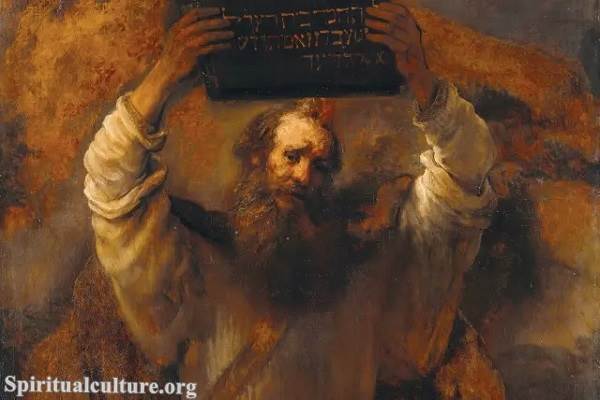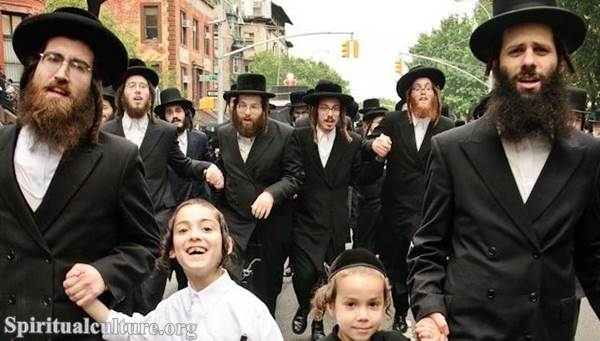Throughout the tapestry of Jewish history, the synagogue has stood as far more than a place of worship. It is a sanctuary of memory, a wellspring of learning, and a hearth where community life kindles and sustains itself. To understand the role of the synagogue is to glimpse into the very heart of Jewish continuity and resilience.
In this article, Spiritual Culture invites you to explore the profound meaning of the synagogue. We will walk through its historical roots, its evolving roles, and its enduring importance in nurturing faith, identity, and collective spirit. Whether you are a seeker, a student, or simply curious, this journey reveals a sacred space where heaven and earth, tradition and today, meet.
The Origins of the Synagogue: From Exile to Gathering
A Home for the Dispersed
The earliest synagogues emerged during the Babylonian Exile (6th century BCE) when the Jewish people, far from their temple in Jerusalem, needed a new spiritual center. Cut off from their sacred home, they gathered in communal spaces to read Torah, pray, and support one another.
Without access to the altar sacrifices of the Temple, their worship evolved into a service of the heart and mind — prayer, study, and teaching. The synagogue thus became not merely a substitute but a new form of sacred gathering, one that could travel wherever the Jewish people journeyed.
“For where two or three gather in My name, there am I with them.” (Matthew 18:20) — Though spoken later by Jesus, this ancient truth resonates deeply with the synagogue’s origin.
Early Structures and Sacred Spaces
The oldest discovered synagogue, at Delos in Greece, dates to the 2nd century BCE. Early synagogues were modest, often simple halls oriented toward Jerusalem. They held Torah scrolls, hosted teachers, and echoed with communal prayers.
The synagogue’s architecture — its ark, its bimah (platform), its eternal light — would become symbols not only of religious life but also of cultural memory.
The Synagogue as a House of Prayer (Beit Tefillah)
Heartfelt Worship
At its core, the synagogue is a Beit Tefillah — a House of Prayer. Here, the Jewish people gather to fulfill the sacred duty of daily prayer, to sing the Psalms, and to lift their hearts to God.
Morning (Shacharit), afternoon (Mincha), and evening (Maariv) services punctuate the day, weaving divine mindfulness into life’s ordinary rhythms.
In particular, the Shabbat services — with their joyous melodies, Torah readings, and communal blessings — offer a spiritual oasis from the world’s toil.
A Community Offering
Prayer in Judaism is not only personal but profoundly communal. Many prayers, such as the Kaddish and the Kedusha, require a minyan — a quorum of ten adults.
The synagogue, therefore, becomes a place where individuals find strength not alone but together, lifting one another’s voices in sacred chorus.
“How good and pleasant it is when God’s people live together in unity!” (Psalm 133:1)
The Synagogue as a House of Study (Beit Midrash)
Learning as Worship
Judaism has long revered study as a spiritual act. The command to “meditate on [the Law] day and night” (Joshua 1:8) finds expression in the synagogue’s role as Beit Midrash — a House of Study.
Here, Torah classes, Talmud discussions, Hebrew lessons, and ethical debates unfold. Young and old gather to wrestle with sacred texts, to question, to seek.
Learning is not sterile or abstract; it is a living dialogue with God and tradition.
Preserving and Renewing
Through study, the synagogue passes down wisdom from generation to generation. It preserves ancient teachings while allowing fresh interpretation.
In an ever-changing world, the Beit Midrash keeps the flame of Jewish learning alive, dynamic, and relevant.
The Synagogue as a House of Assembly (Beit Knesset)
More Than Worship
The Hebrew word “synagogue” translates “Beit Knesset” — House of Assembly. This hints at its broader social role.
It is a place where life happens: births are celebrated with naming ceremonies, boys and girls are welcomed into adulthood through bar and bat mitzvahs, couples are blessed at weddings, and departed souls are mourned with eulogies and memorial prayers.
The synagogue witnesses the full arc of life, standing with individuals and families at every turn.
A Shelter for the Vulnerable
Historically, synagogues also served as shelters for the poor, the sick, and the refugee. Charity drives, food distributions, and mutual aid were organized within its walls.
The ancient rabbinic teaching, “The world stands on three things: Torah, prayer, and acts of lovingkindness,” (Pirkei Avot 1:2) lives in the synagogue’s heartbeat.
Sacred Architecture: Symbols and Meaning
The Ark (Aron Kodesh)
At the front of every synagogue stands the Aron Kodesh, the Holy Ark, where Torah scrolls are kept. Its presence mirrors the ancient Ark of the Covenant and reminds worshippers of God’s covenantal closeness.
Opening the Ark during services is a moment of awe, often accompanied by prayers of deep yearning.
The Eternal Light (Ner Tamid)
Above the Ark burns the Ner Tamid — the Eternal Light — symbolizing God’s everlasting presence. It reflects the eternal lamp that once illuminated the Temple.
This light reminds the community that even through exile, darkness, or doubt, God’s flame remains unextinguished.
The Bimah and the Reading
The bimah — an elevated platform — is where the Torah is read. Its height signifies the centrality of God’s Word.
When the Torah is carried through the congregation, people reach out to touch it and kiss their hands — an act of reverence and love.
The Synagogue and Jewish Identity
Rootedness in a Changing World
For Jews scattered across continents and centuries, the synagogue has been an anchor. Whether in Morocco, Poland, Yemen, or America, the synagogue adapted to local cultures while preserving Jewish identity.
It offered a familiar structure: prayers sung in Hebrew, sacred holidays observed together, a shared calendar and language of faith.
In times of persecution, the synagogue was a bastion of resistance; in times of peace, a beacon of flourishing.
Education and Continuity
Through its schools and youth programs, the synagogue ensures that new generations inherit not only knowledge but also belonging.
Children learning the Aleph-Bet, teenagers debating ethics, adults studying Mishnah — all participate in the unbroken chain of tradition.
Modern Synagogues: Continuity and Change
Diversity of Practice
Today, synagogues span a rich diversity: Orthodox, Conservative, Reform, Reconstructionist, Renewal, Humanistic. Each expresses Jewish life in distinct ways, yet all remain tethered to the ancient vision of prayer, study, and community.
Architecture has also evolved: from grand, ornate synagogues with domes and stained glass to minimalist prayer spaces filled with natural light.
Virtual Congregations
In the digital age, synagogues have extended their walls. Online services, Zoom Torah classes, virtual minyans — these innovations connect Jews who are geographically isolated or homebound.
While nothing replaces the embodied community, technology has expanded the synagogue’s embrace.
Sacred Moments: Personal Stories
A Child’s First Aliyah
A child called up to the Torah for the first time feels the weight and wonder of responsibility. Surrounded by blessing hands and joyful songs, they step into their role in the covenant.
A Community’s Vigil
When tragedy strikes, the synagogue fills with candles, prayers, embraces. In grief and solidarity, the community becomes a living psalm of hope.
A Quiet Morning Prayer
In the quiet of a weekday morning, a handful of worshippers gather, murmuring ancient prayers that stitch time together. In these simple gatherings, the synagogue fulfills its timeless role.
Reflect and Reimagine
The synagogue is not merely a building. It is a living vessel of memory, faith, study, compassion, and communal spirit. It stands wherever hearts gather to seek God, uphold tradition, and care for one another.
In a fractured world longing for connection, the synagogue reminds us: we are not alone.
Whether you have stepped into a synagogue many times or never before, consider what this sacred space whispers across centuries: “Come, let us go up to the House of the Lord.” (Isaiah 2:3)
May we honor the spirit of the synagogue by building communities rooted in prayer, wisdom, justice, and love — wherever we are.



Provocative thoughts to be incorporated into my presidential message to our congregation during the High Holy Days.